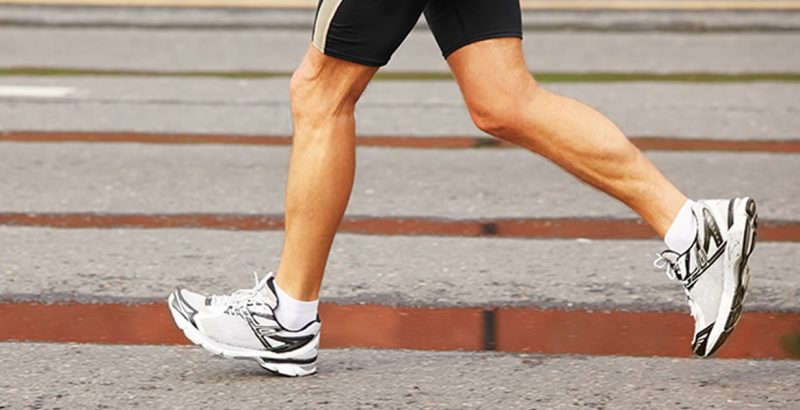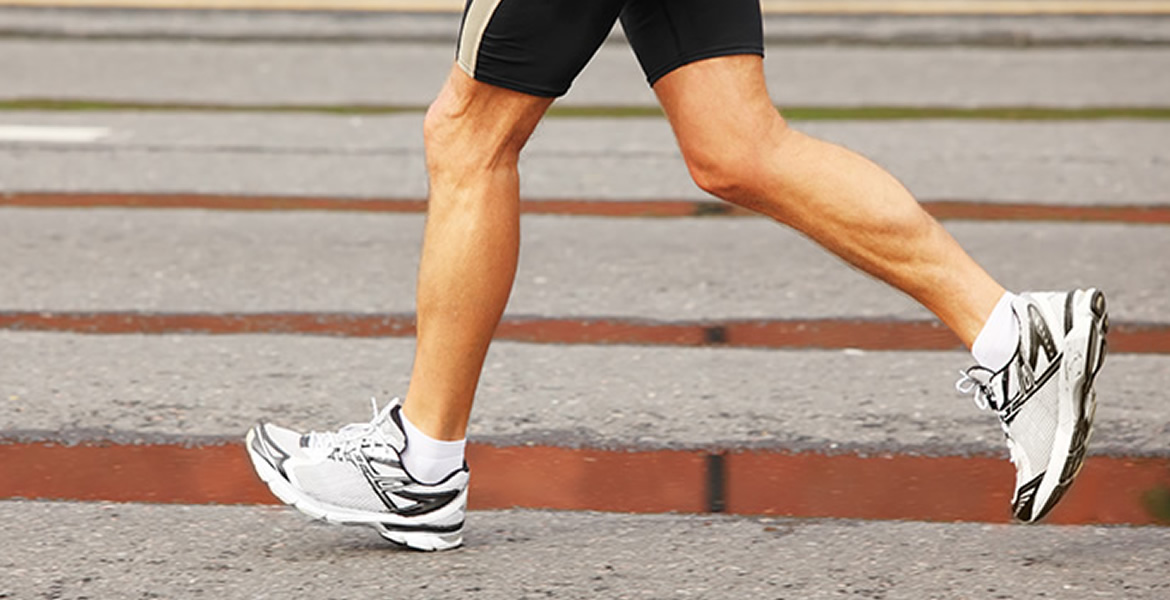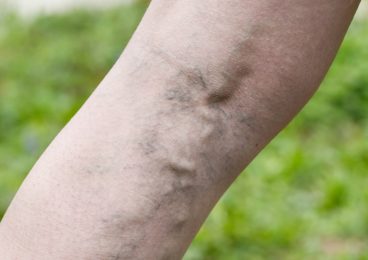Vein Procedures
Radiofrequency ablation is a minimally invasive treatment for varicose veins.
(Ablation means a doctor uses heat to damage tissue, which makes scar tissue form. This scar tissue closes the vein.) This technique uses radiofrequency energy (instead of laser energy) to heat up and damage the wall inside a vein. This usually closes off a varicose vein in the leg.
To treat a varicose vein, radiofrequency energy is directed through a thin tube (catheter) inserted through a small incision in the vein. By passing an electrical current through the catheter inside the vein heat is generated and temperatures of 120°C are attained. The heat produced destroys the vein but the procedure relies on direct contact between the catheter and the vein wall. To facilitate the process the vein needs to be as tightly wrapped around the catheter as possible so compression is applied to the vein using tumescent anesthesia and external compression and the leg is elevated to collapse the vein. There is an electrical feedback mechanism integrated into the fiber which can alter the energy delivery to maintain a constant temperature.
After treatment, you will wear compression stockings for 1 week or more. To follow up, your doctor will use duplex ultrasound to make sure that the vein is closed.
Should I have RFA to treat my varicose veins?
Suitable patients being treated with RFA will generally have greater saphenous vein (along thigh) and or small saphenous vein (back of calf) reflux. They will need a vein that is reasonably straight in order to pass the laser fiber or RFA catheter up the vein. It is also important that fluid can be injected around the vein to separate it from the skin and surrounding structures so they do not get burned, but this is a very unlikely event.
Which veins cannot be treated by RFA?
Large visible tortuous varicose veins cannot be treated. Thread and reticular veins cannot be treated with RFA and are usually best treated with sclerotherapy. Veins being treated need to be reasonably, but not absolutely, straight to enable the catheters to pass.
Is it safe?
Possible side effects of radiofrequency ablation include:
- Skin burns.
- Feelings of burning, pain, or prickling after recovery, from nerve damage (less likely than after vein stripping surgery).
- Small or large blood clotting in the vein or a deep vein (less likely than after vein stripping surgery).
How well does it work?
When done by a doctor with plenty of radiofrequency experience, chances of treatment success are good. Radiofrequency closure works well in about 97 out of 100 people who have it. That means it doesn’t work well in 3 out of 100 people.
- Pain after treatment is typically less after ablation than after vein surgery.
- After 2 years or more, results from ablation are generally as good as from vein surgery.
- Veins that do not close are treated again. Choices include another ablation or another type of procedure.
Phlebectomy of Varicose Veins
Phlebectomy is a minimally invasive procedure used to remove varicose veins on the surface of the leg. This is usually done in a physician’s office using local anesthesia.
How should I prepare?
You will receive specific instructions on how to prepare, including any changes that need to be made to your regular medication schedule.
You should wear comfortable, loose-fitting clothing to your exam. You may be given a gown to wear during the procedure.
How does the procedure work?
Phlebectomy involves making tiny punctures or incisions in the skin near the varicose vein. Veins are very collapsible and even large veins can be removed through the tiny incisions used in this technique.
How is the procedure performed?
This procedure is often done on an outpatient basis. However, some patients may require admission following the procedure. Please consult with your physician as to whether or not you will be admitted.
Your physician will numb the area with a local anesthetic.
A very small skin incision is made at the site.
After cleansing and anesthetizing the skin, a series of incisions no larger than a pencil eraser are made in the skin next to the enlarged vein. A phlebectomy hook is inserted under the surface of the skin to remove the varicose vein through the tiny incision. This procedure is usually completed between 30 minutes and one hour.
What will I experience during and after the procedure?
Patients rarely report any pain during this procedure because the area being worked on is under a local anesthetic.
The incisions made during the procedure are so small that no stitches are required.
When the procedure is complete, your leg will be wrapped in a comfortable but snug compression wrap.
You will need to wear graduated compression stockings for approximately two to three weeks following the procedure. As long as the stockings are worn, almost all activities can be done beginning the day after the surgery.
You should be able to resume daily activities within 24 hours. Strenuous activities will be limited for approximately two weeks.
What are the benefits vs. risks?
Benefits
- No surgical incision is needed—only a small nick in the skin that does not have to be stitched closed.
Risks
- Any procedure where the skin is penetrated carries a risk of infection. The chance of infection requiring antibiotic treatment appears to be less than one in 1,000.
- Skin pigmentation at the site of the treated varicose vein may occur but is usually temporary.
What are the limitations of Phlebectomy of Varicose Veins?
Long-term success in greater than 90 percent of patients has been observed. The long-term results of phlebectomy are excellent when the procedure is performed in patients who are good candidates.
Often, phlebectomy is used with a more comprehensive treatment plan, including additional procedures such as endovenous catheter ablation that use radiofrequency or laser energy.
http://www.radiologyinfo.org/en/info.cfm?pg=phlebectomy











